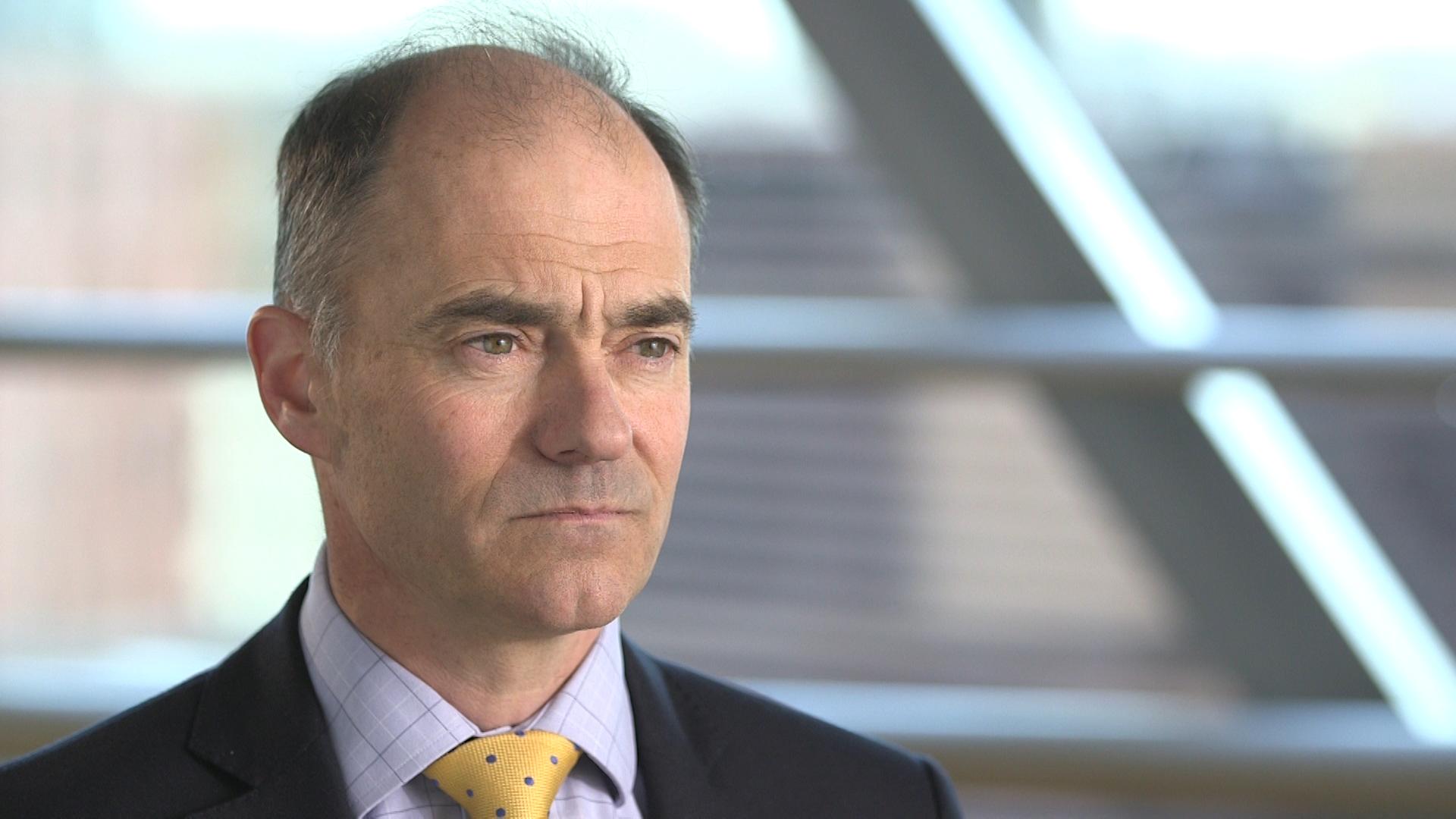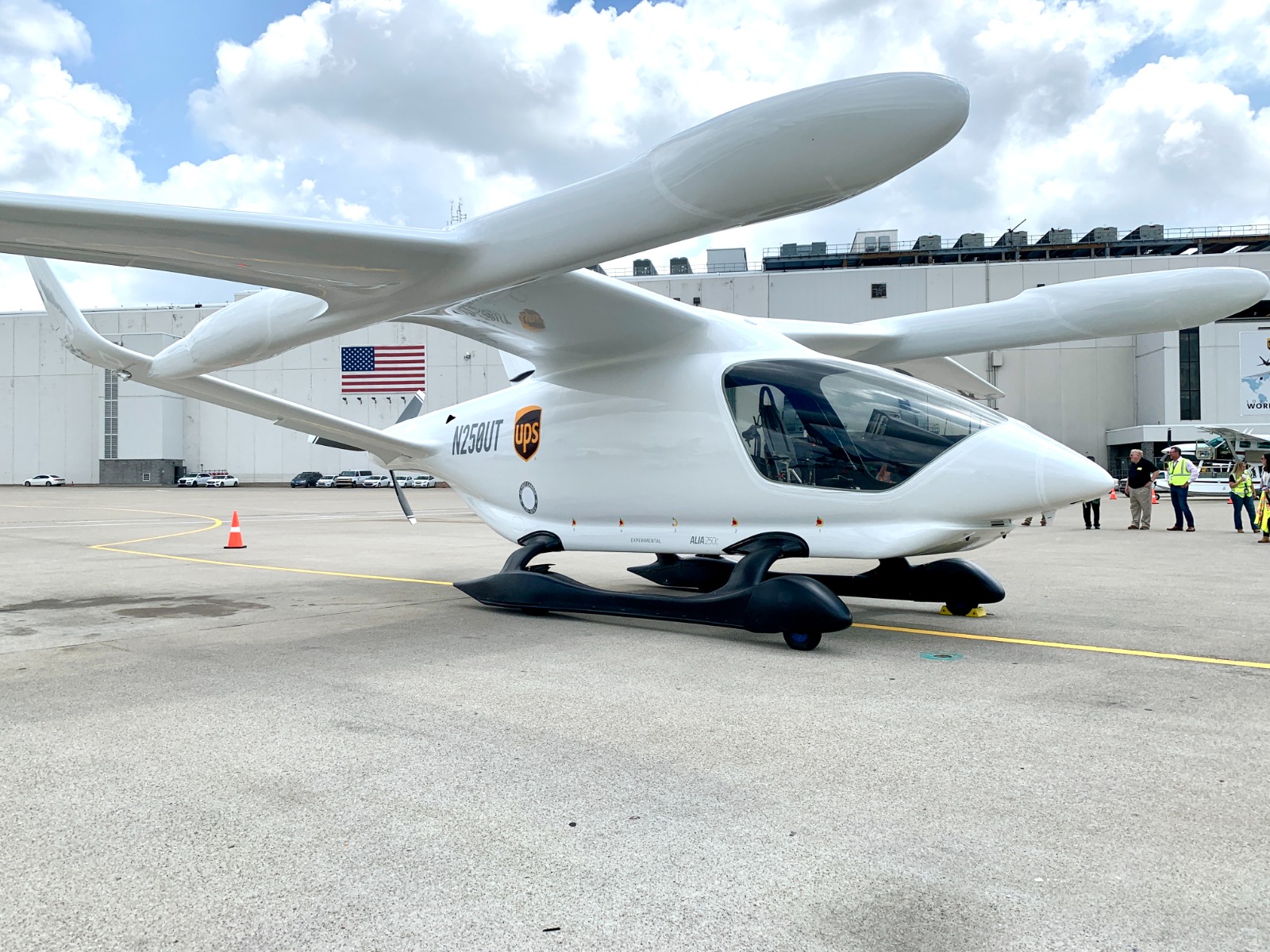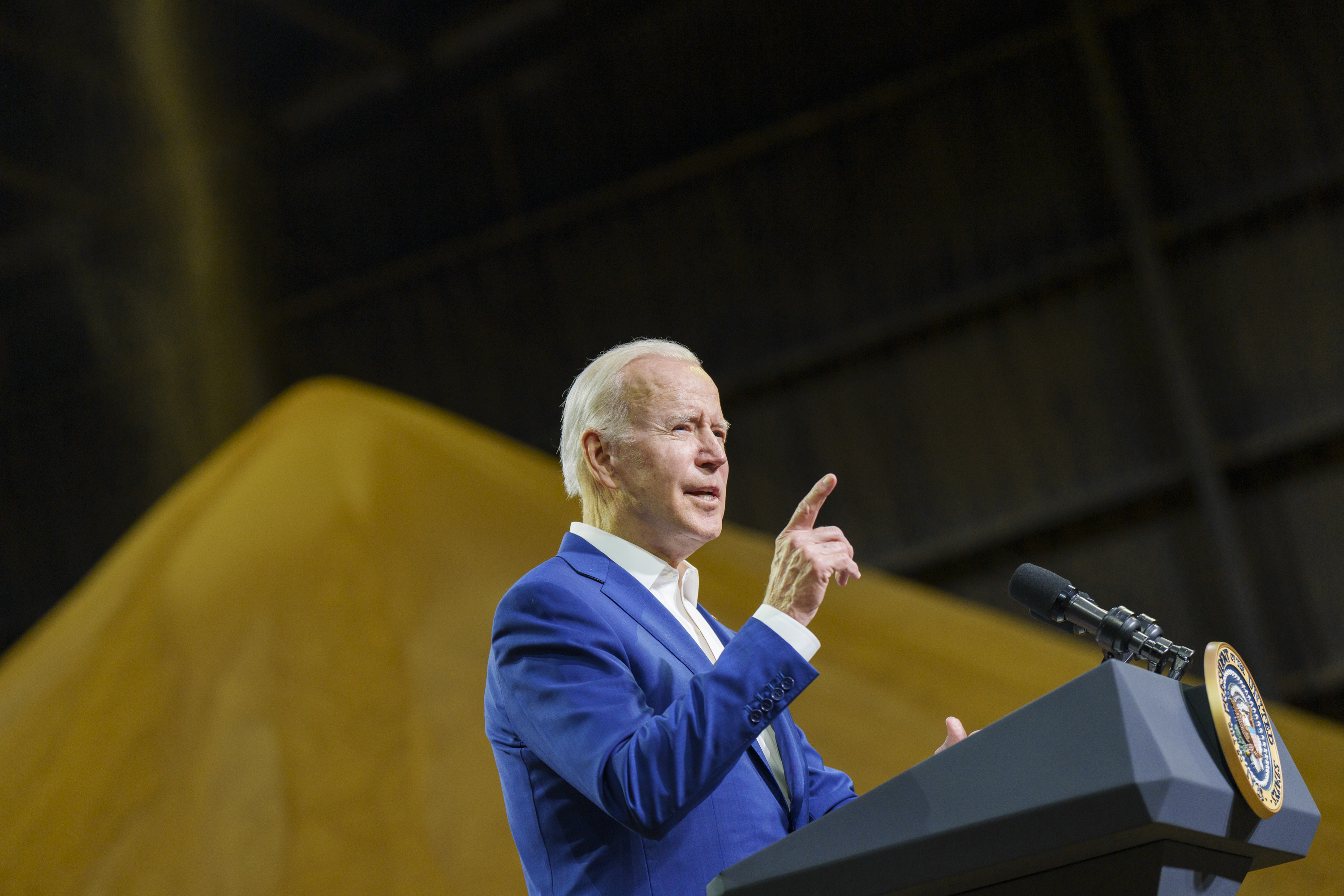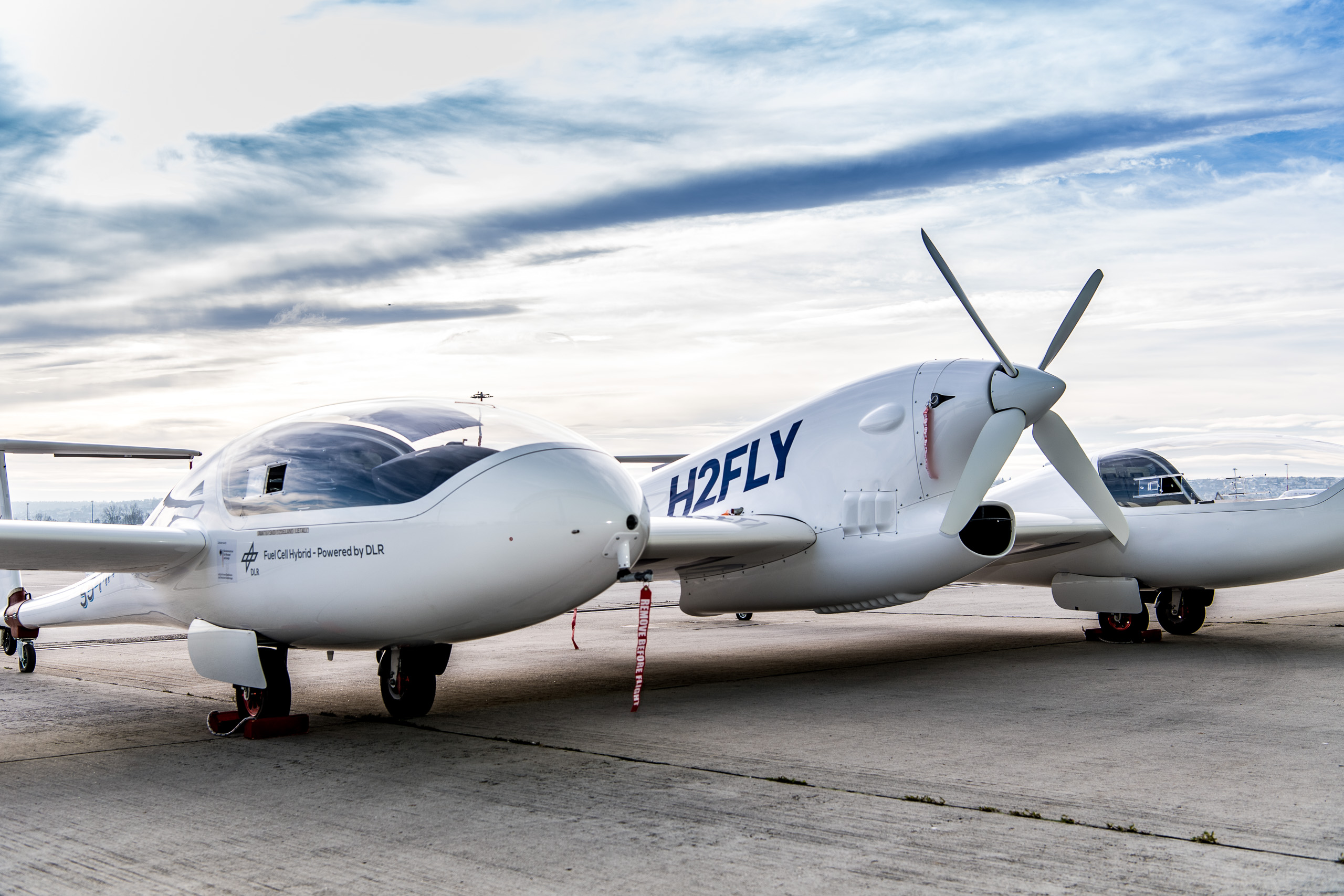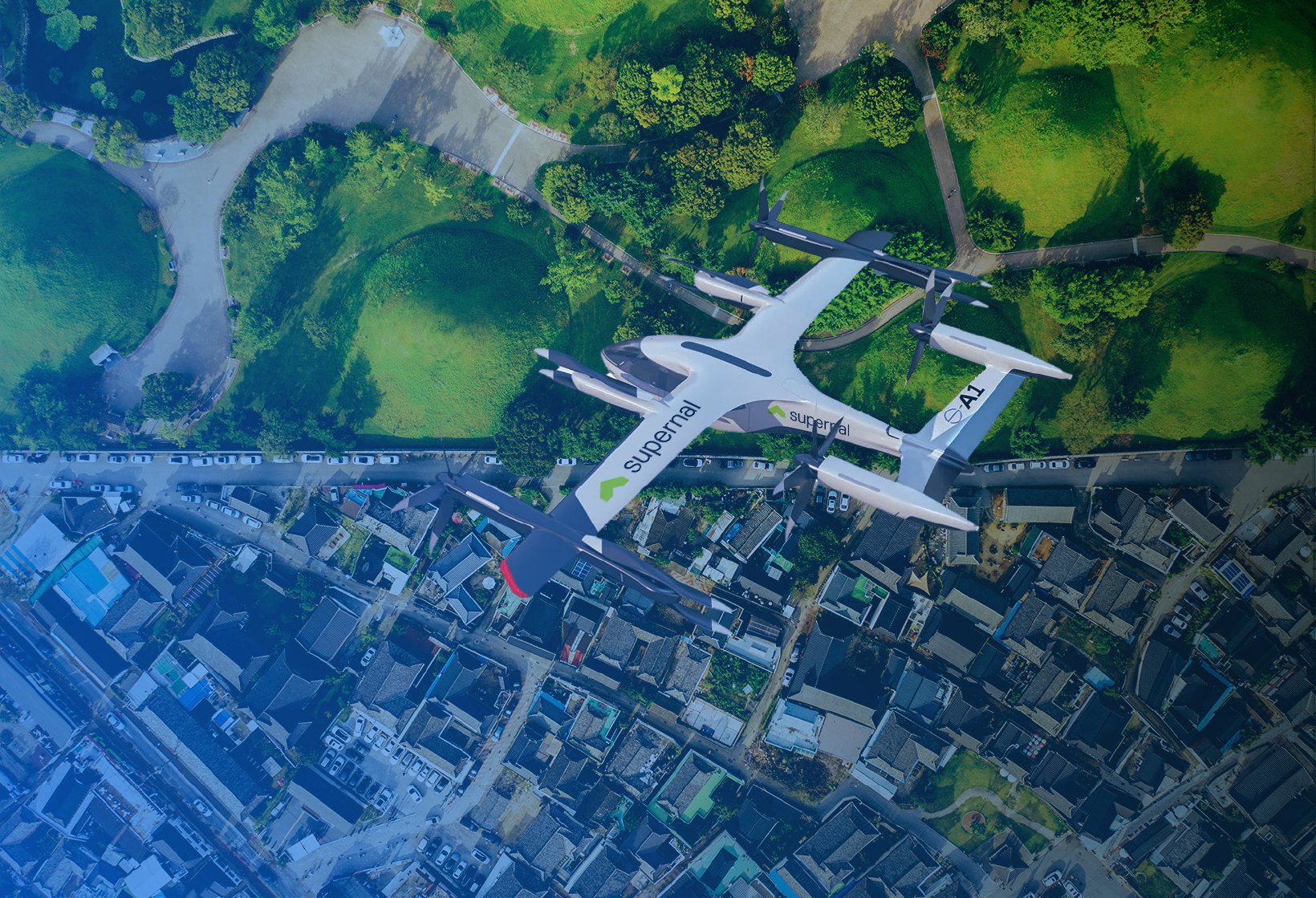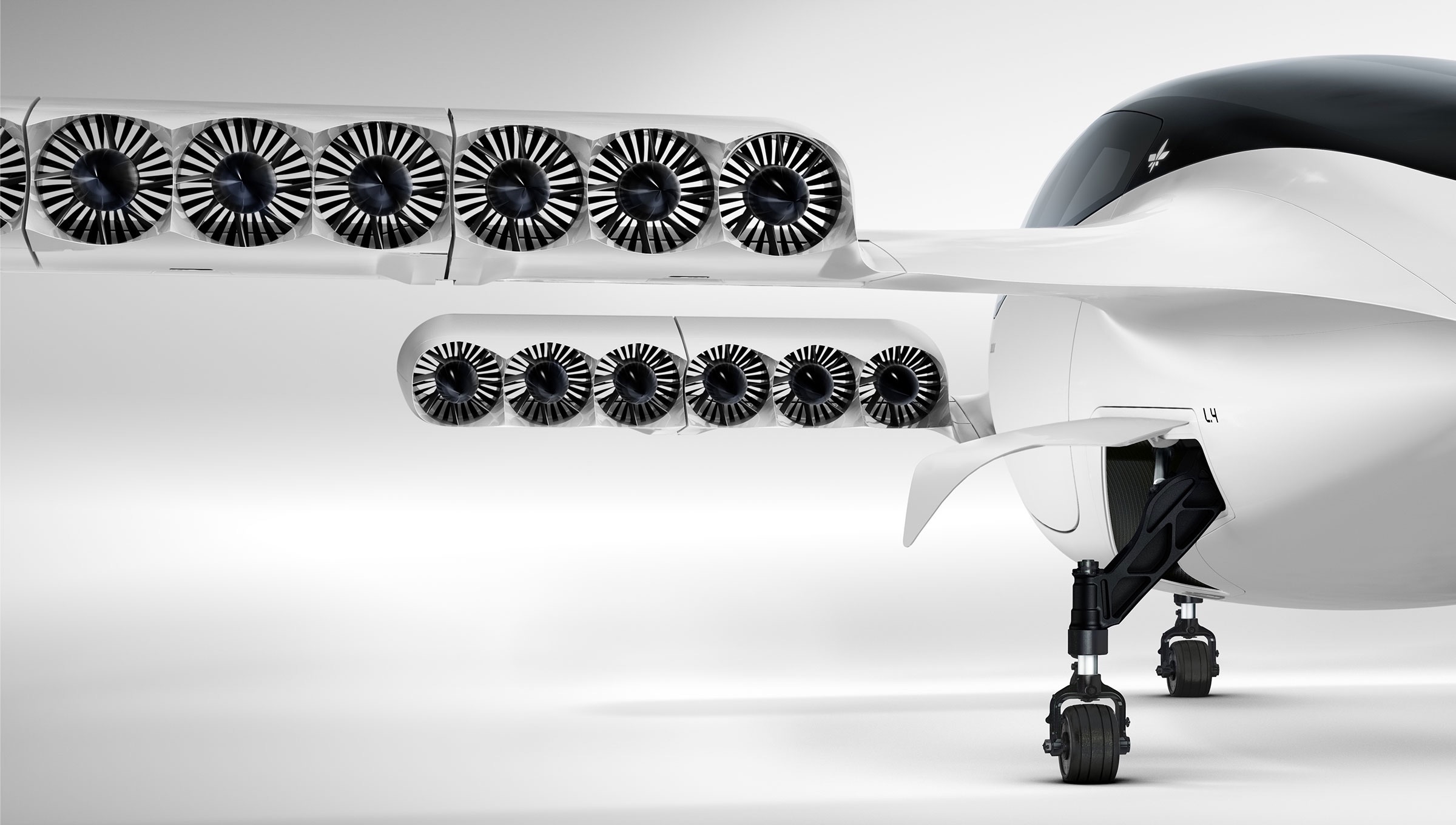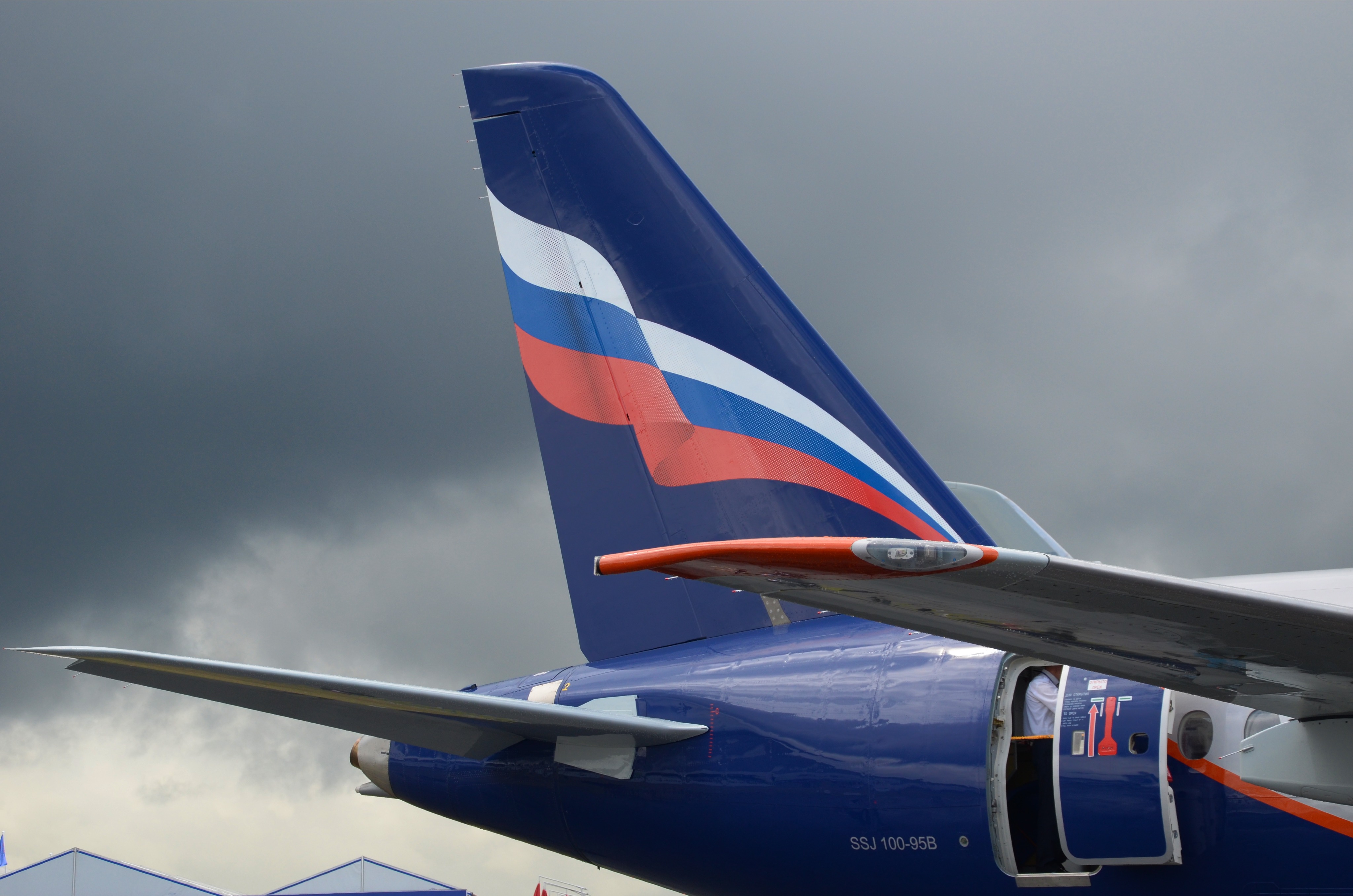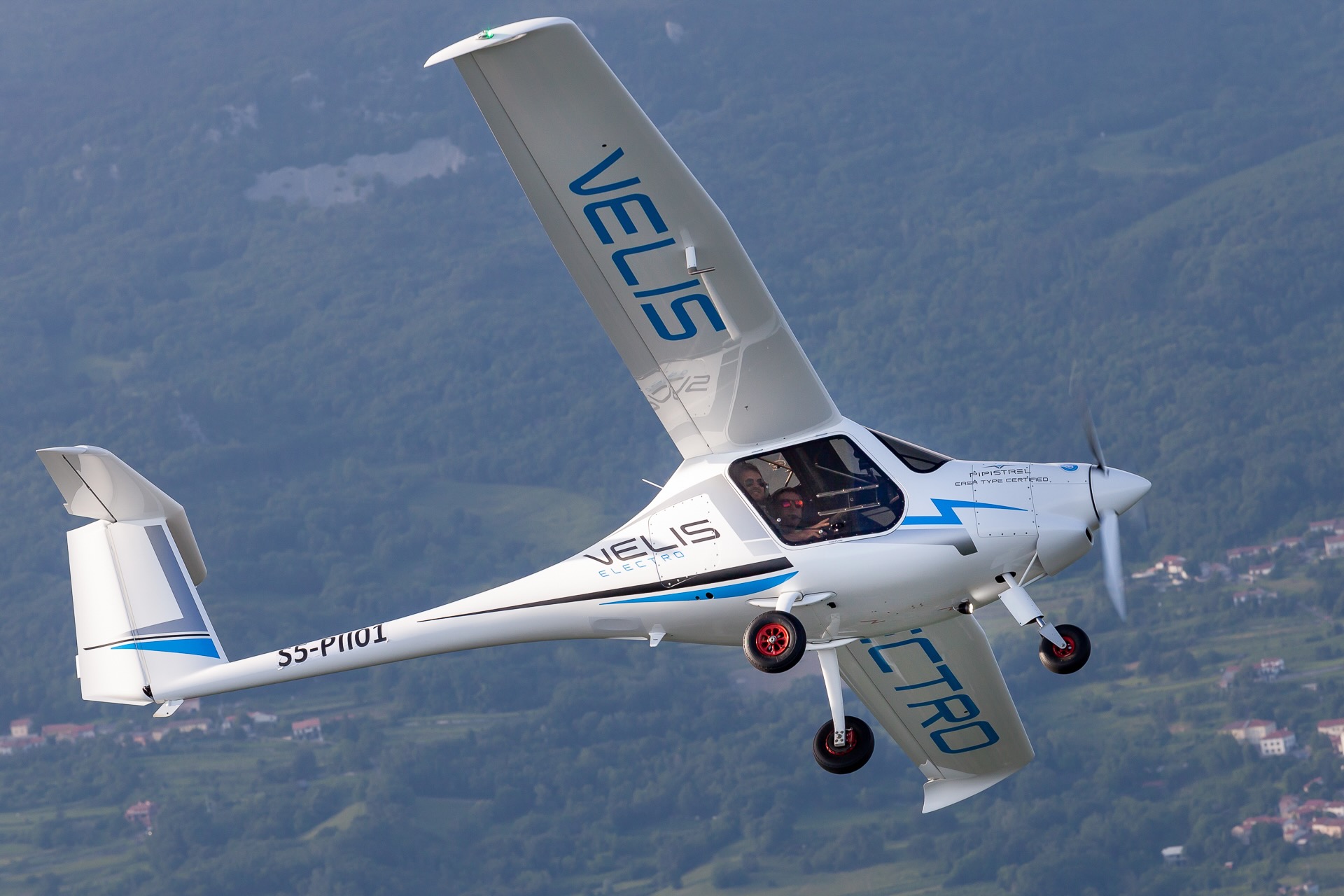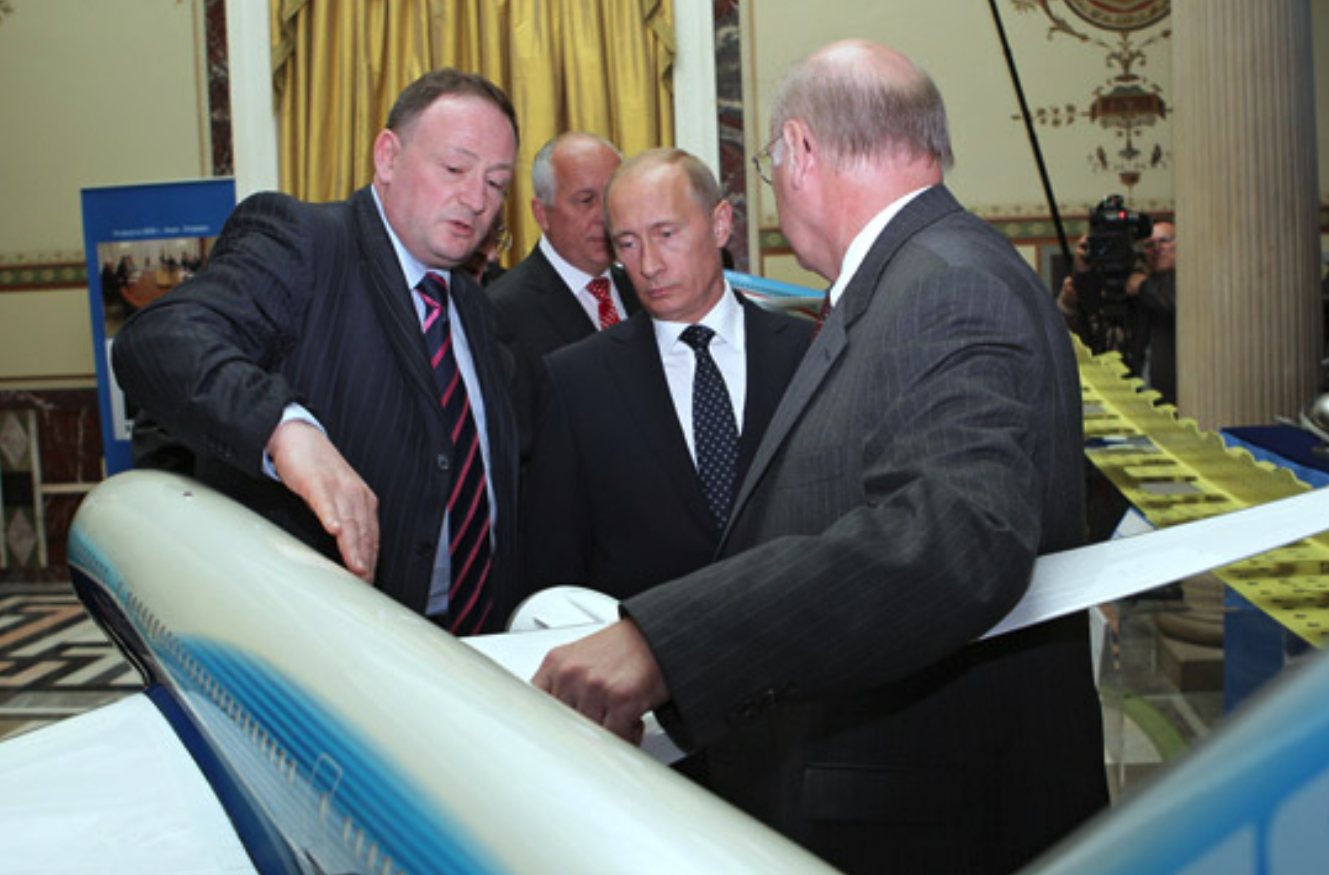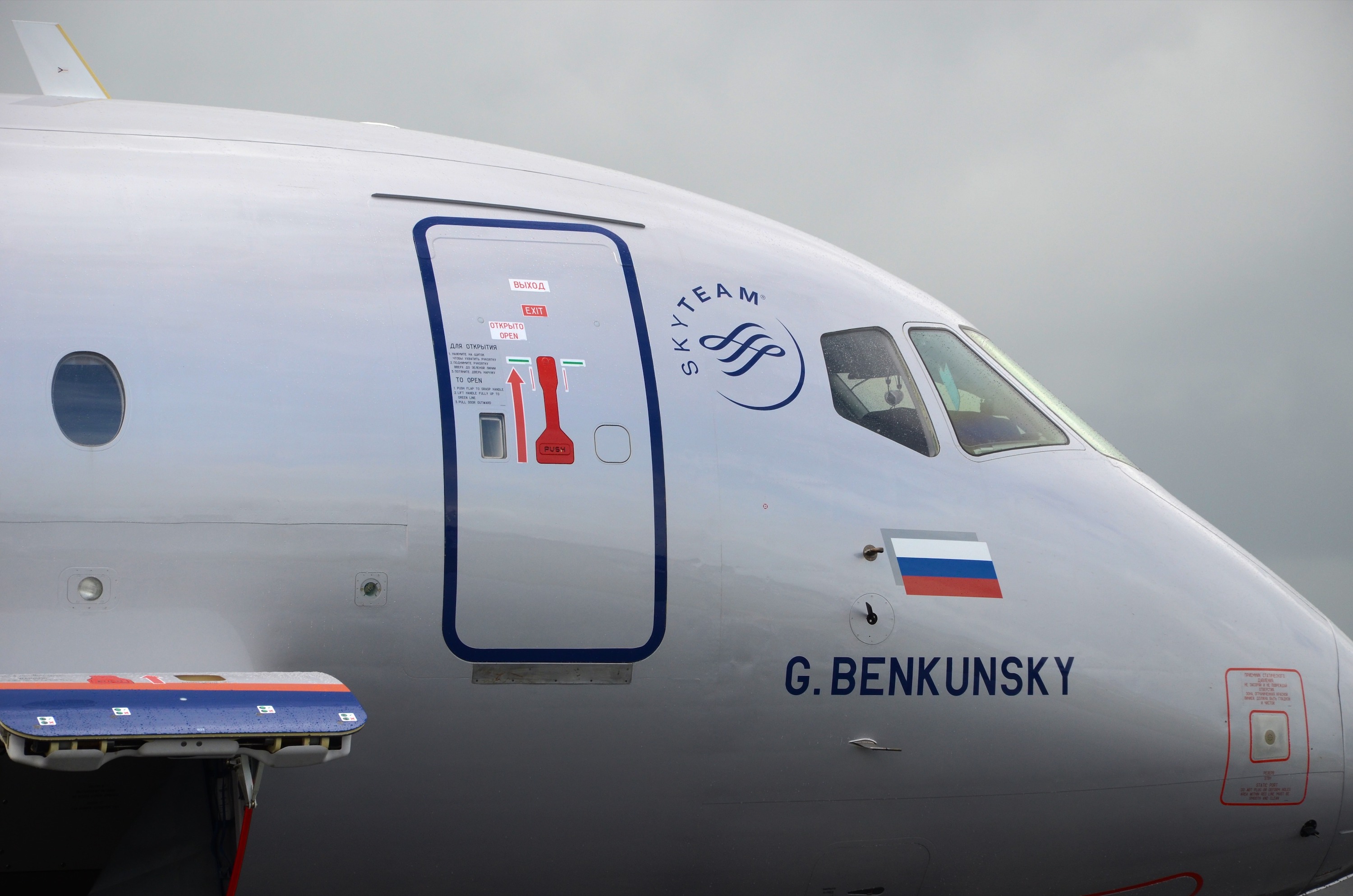Log-in here if you’re already a subscriber Release DateSeptember 22, 2022Autonomous aircraft startups are plotting an evolution, not a revolutionPurchase...
Log-in here if you’re already a subscriber Release DateJuly 19, 2022Rolls-Royce CEO says Pratt & Whitney spin-off ‘might’ guide rekindled...
Log-in here if you’re already a subscriber Release DateJuly 11, 2022UPS outlines eVTOL strategyPurchase a PDF of this article Located...
Log-in here if you’re already a subscriber Release DateJuly 5, 2022The politics of ethanol are coming to aviationPurchase a PDF...
Log-in here if you’re already a subscriber Release DateJune 8, 2022Joby bought hydrogen pioneer H2Fly in secretPurchase a PDF of...
Log-in here if you’re already a subscriber Release DateMay 23, 2022Unlikely West Virginia is cautionary tale for states seeking eVTOL...
Log-in here if you’re already a subscriber Release DateMay 18, 2022Pentagon has quietly growing doubts about Boeing’s directionPurchase a PDF...
While such deals across the rising eVTOL industry seemingly represent a new aerospace business model in which customers have a stake in the overall success of the product, a detailed review of securities filings and other fine print by The Air Current reveals a far more transactional arrangement. Airlines are lending their branding and credibility in exchange for a possibly lucrative piece of a buzzy market, regardless of whether or not an aircraft will be delivered or even formally ordered.
The most far-reaching sanctions of the modern economic era have disconnected Russia and its civil aviation industry from much of the world. Its digital connection is severed, along with its access to parts, services, international markets and crucial airspace. Yet what will come of the fleet that operates today inside of Russia?
Elan Head and Jon Ostrower·
The industrial giant Textron has the attributes – favorable and unfavorable – of having been around for a long time. It doesn’t have to loudly hype its technological and product viability to excite investors, it doesn’t have to stand up an organization from nothing, and it has a balance sheet and engineering bench that would make any newcomer envious. It also is weighed down by the institutional inertia, silos and competing internal priorities and executive attention spans that come with a sprawling aerospace conglomerate, antithetical to the fast-moving and creative startups.
The western civil & defense aerospace business has long believed that Russia could be its customer, supplier and adversary to its patron governments – all at the same time.
Denial of aviation is a weapon that predates the 21st century battlefield. Yet, with the return of war to Europe, it is also aviation’s Achilles’ heel. With it comes a cascading series of immediate and longer term consequences in the skies as commercial and industrial links are quickly broken after decades of cultivation following the fall of the Soviet Union.

